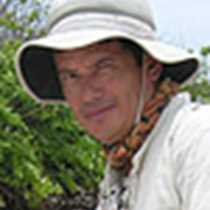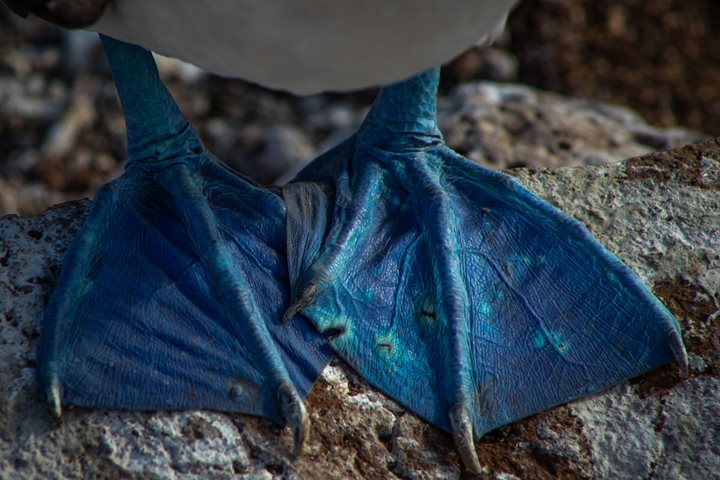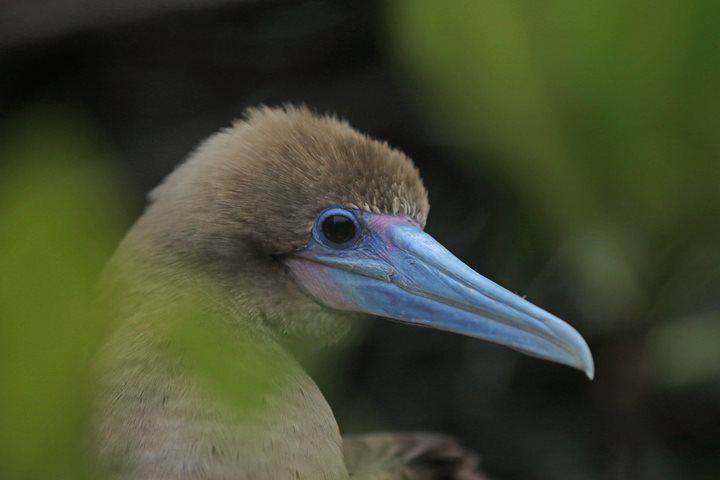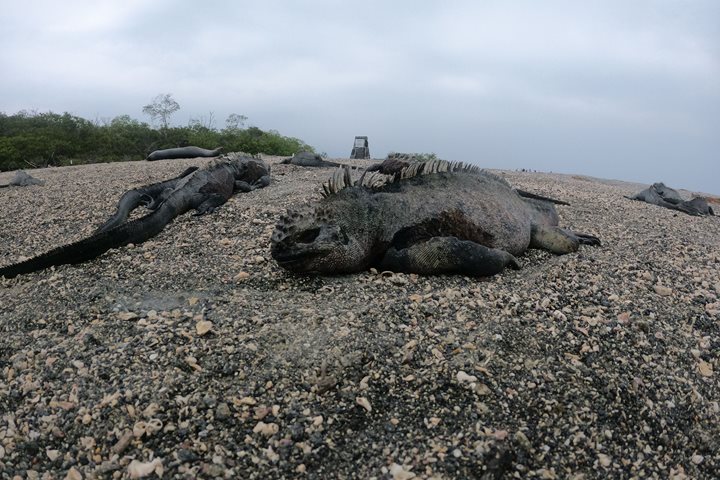Located in the northeastern most region of Galápagos, Genovesa or Tower Island is home to the largest colony of red-footed boobies and great number of other seabirds. Its lack of land reptiles and Galápagos hawks means that the short-eared owl the top predator of the island.
With excellent weather conditions, early in the morning we started our first outing by kayaking along the vertical cliffs, observing fur and Galápagos sea lions resting on the rocks and in the air, frigate birds harassed noisy red-billed tropicbirds trying to steal some food. We observed the magnificence of the island, which a long time ago was a very active volcano. After breakfast we headed to Darwin Bay’s beach where we observed lava and swallow-tailed gulls walking freely along the white sandy beach, emitting unmistakable noises. Meanwhile in the air dozens of frigatebirds and red-footed boobies captivated the attention of our guests.
Walking along the lava fields, the landscape changed dramatically, with a dry forest of “palo santo” trees and lava morning glories growing on the brown rocks. We had the chance to observe large ground finches and large cactus finches fluttering among the cacti feeding on dry seeds and eating cactus pads. After visiting the white sand beach, we headed to the Zodiacs to snorkel along the cliffs and observe great marine life, mainly tropical fish such as Moorish idols, creole fish, and some damselfish.
In the afternoon our guests disembarked at Prince Phillip Steps or the cliff. We climbed to the top of the cliffs to observe a great colony of Nazca boobies with their chicks on the ground, while on the branches of the trees, red-footed boobies built their nests using small twigs. We observed some finches and great frigatebirds along a trail that leads to the shore. Finally we arrived there; in the air a great number of storm petrels fluttered around the brown lava, and some of them landed inside small lava tubes under the inquisitive sight of the most fearsome predator of the island, the short-eared owl. With its brown plumage, perfect camouflage, this raptor is almost invisible when it is standing on the rocks, waiting for a tiny error so it can catch a distracted bird. We observed many owls under bushes, inside crevices or on the rocks; probably the most interesting was one of them feeding on a small storm petrel, just beside the trail.
Temperatures decreased considerably, and along the west, the magnificent sunset reminded us we had to return to the National Geographic Islander, our home during this amazing week we’ll never forget.







